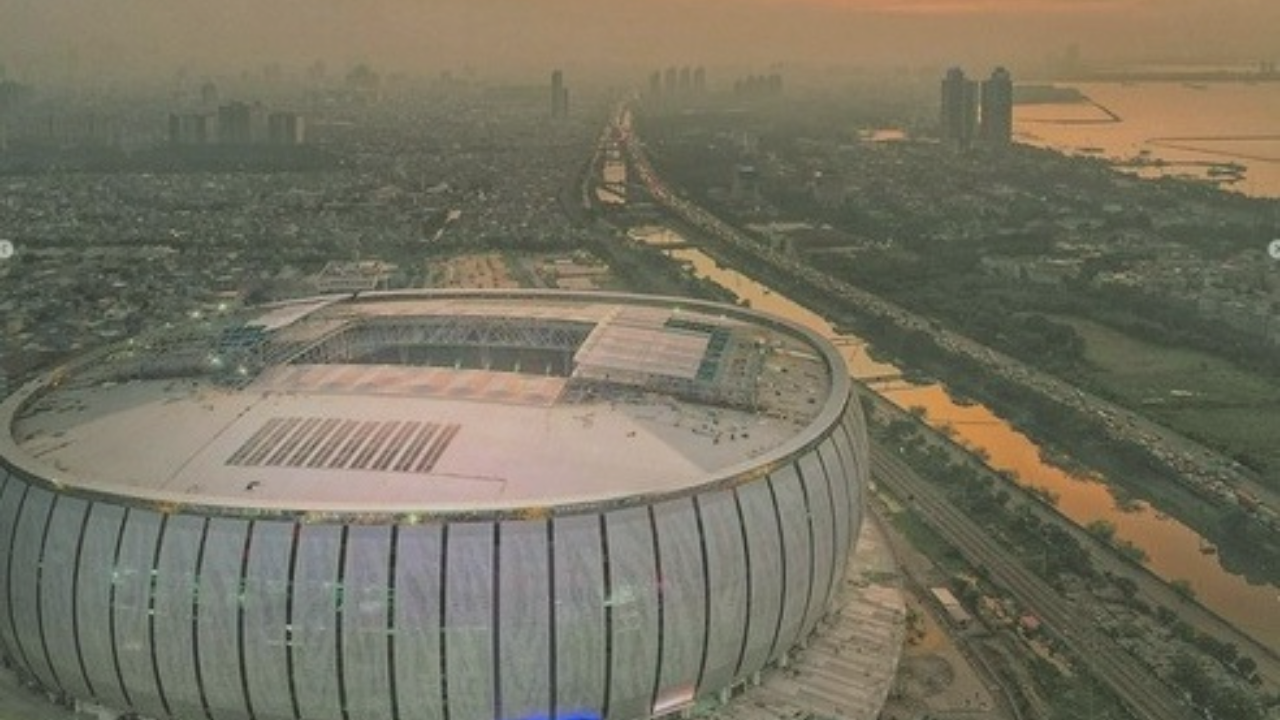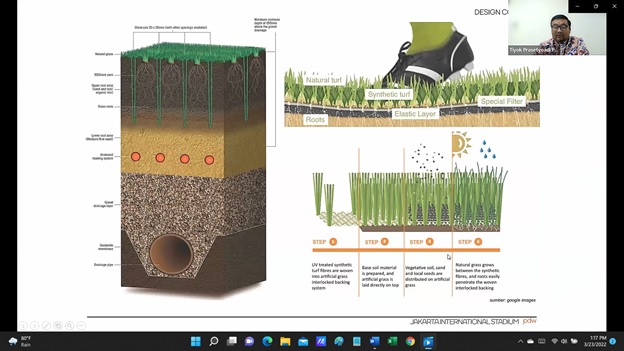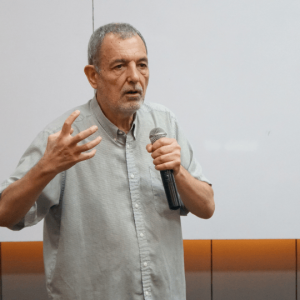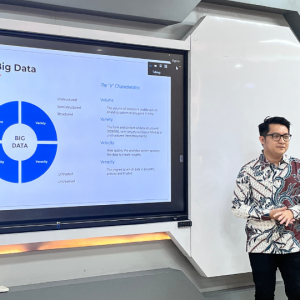Jakarta International Stadium was recently soft-opened to the public. The stadium, with its international standards and of high quality, will be finished by March this year. Jakarta Propertindo, in collaboration with the ITB School of Architecture, held a virtual webinar on Thursday (17/3/2022) as a form of soft opening. The organizers invited Prasetyo Adi, the Managing Director at Pandega Design Weharima (PDW Architects), Arry Wibowo, the Project Manager at PT Jakarta Propertindo (Perseroda), and Raden Aswin Rahadi, the Assistant Professor at the School of Business and Management ITB, for the presentation entitled “Construction Project Management and Development (Case Study of the Jakarta International Stadium Project)”.
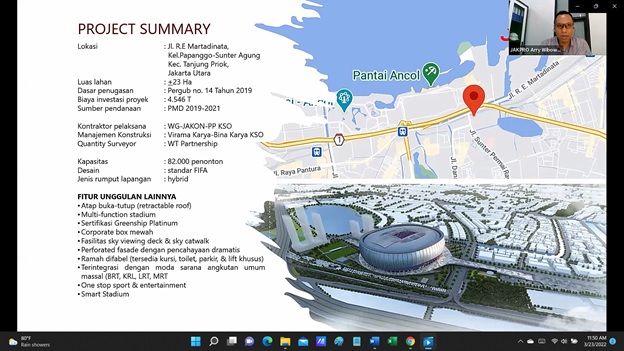 Prasetyo Adi, also known as Tiyok, stated that the Jakarta International Stadium was not only intended to be a football stadium. It has the added value as a stadium that can be used for music concerts and large events such as grand campaigns. Furthermore, this area will serve as a public space that encourages interaction among community members in the surrounding area. The stadium also has retail outlets that are open outside of competitions, so the profits can be used to cover stadium operating costs.
Prasetyo Adi, also known as Tiyok, stated that the Jakarta International Stadium was not only intended to be a football stadium. It has the added value as a stadium that can be used for music concerts and large events such as grand campaigns. Furthermore, this area will serve as a public space that encourages interaction among community members in the surrounding area. The stadium also has retail outlets that are open outside of competitions, so the profits can be used to cover stadium operating costs.
“Architecturally, all concepts are created following international standards. We are attempting to prepare this so that if Indonesia hosts the World Cup eventually, we will have qualified facilities. The grass is also a hybrid, similar to what is used in European leagues. It consists of soil, sand, artificial grass with natural grass that grows in between, and many other detailed layers,” said the architect, who has been in practice since 1994.
Arry Wibowo, Project Manager at PT Jakarta Propertindo, was appointed by the Governor of DKI Jakarta. JIS, according to Arry, has reached the final stage of development, namely the completion stage. Excellent features include a capacity of 82000 people according to FIFA standards, a retractable roof, a multifunction stadium, Greenship Platinum certification, a sky viewing deck and sky catwalk, a perforated facade with dramatic lighting, disabled accessibility, and integration with public transportation modes. The public will be able to experience public transportation (BRT, KRL, LRT, MRT), one-stop shopping, smart stadiums, and other amenities as soon as March of this year.
“We are grateful and hope that the inclusion of budget funds from the support of regional capital participation will make it an asset for related parties, allowing it to become an integrated sports facility with an international standard sports stadium and its supporting facilities. It is an integrated area with mass public transportation, mixed-use facilities, and green open spaces,” Arry explained.
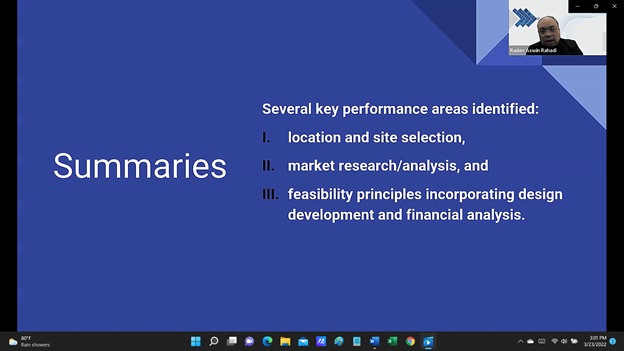
“It is undeniable that location matters. If the location is good, the project’s assets will produce the best results. However, new research suggests that location and site selection can turn the circumstances around. If the functions produced are excessive, they tend to fail,” said the man who won the ITB Global Top Business and Management Researcher award.
According to Aswin, location is only one of the supporting factors in designing development projects from an economic perspective. Several factors must be considered today, including location and competitive properties, current and future market expansion patterns, economic growth within the market, regulatory and legal issues, site characteristics, special location conditions, cultural views, and trends.
He closed the presentation by reminding that the feasibility study is not certain. We can use the objective achievement of fulfilment and participation of all participants as a success metric.
